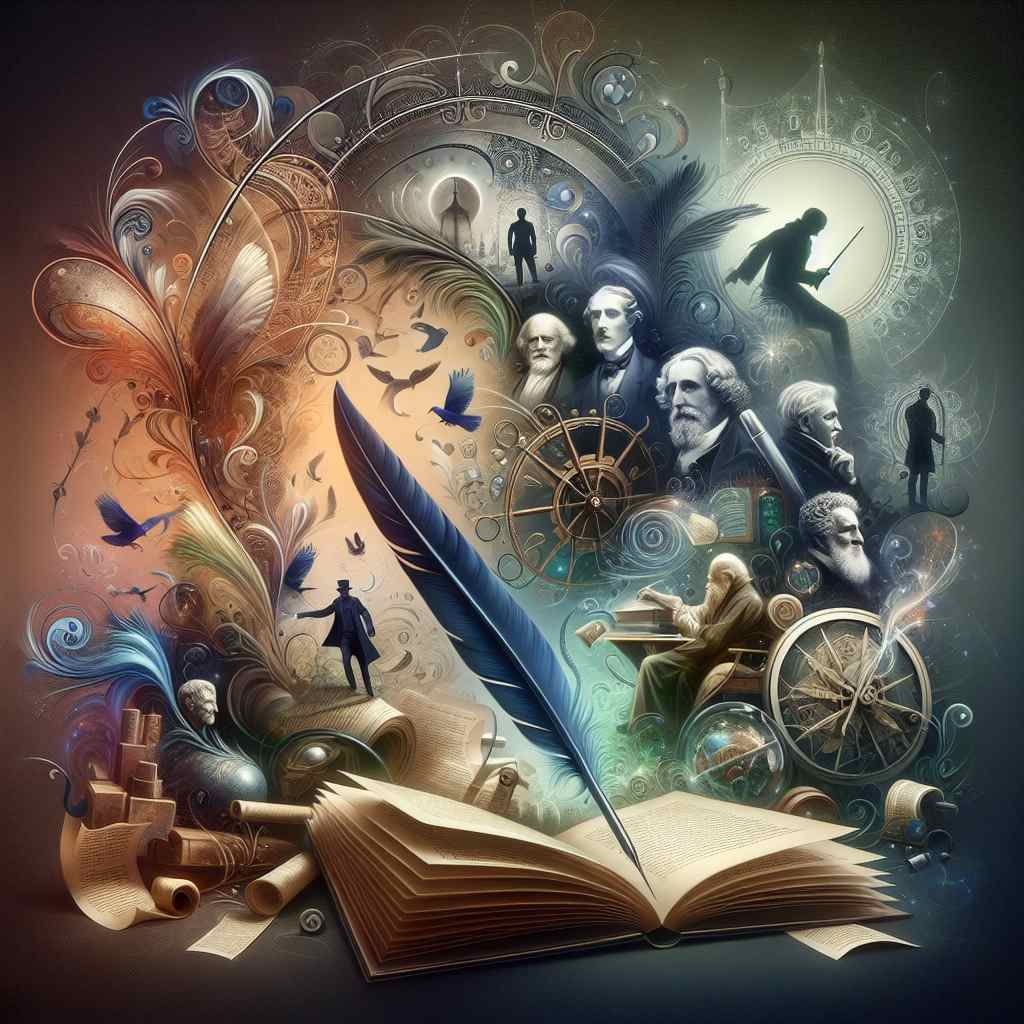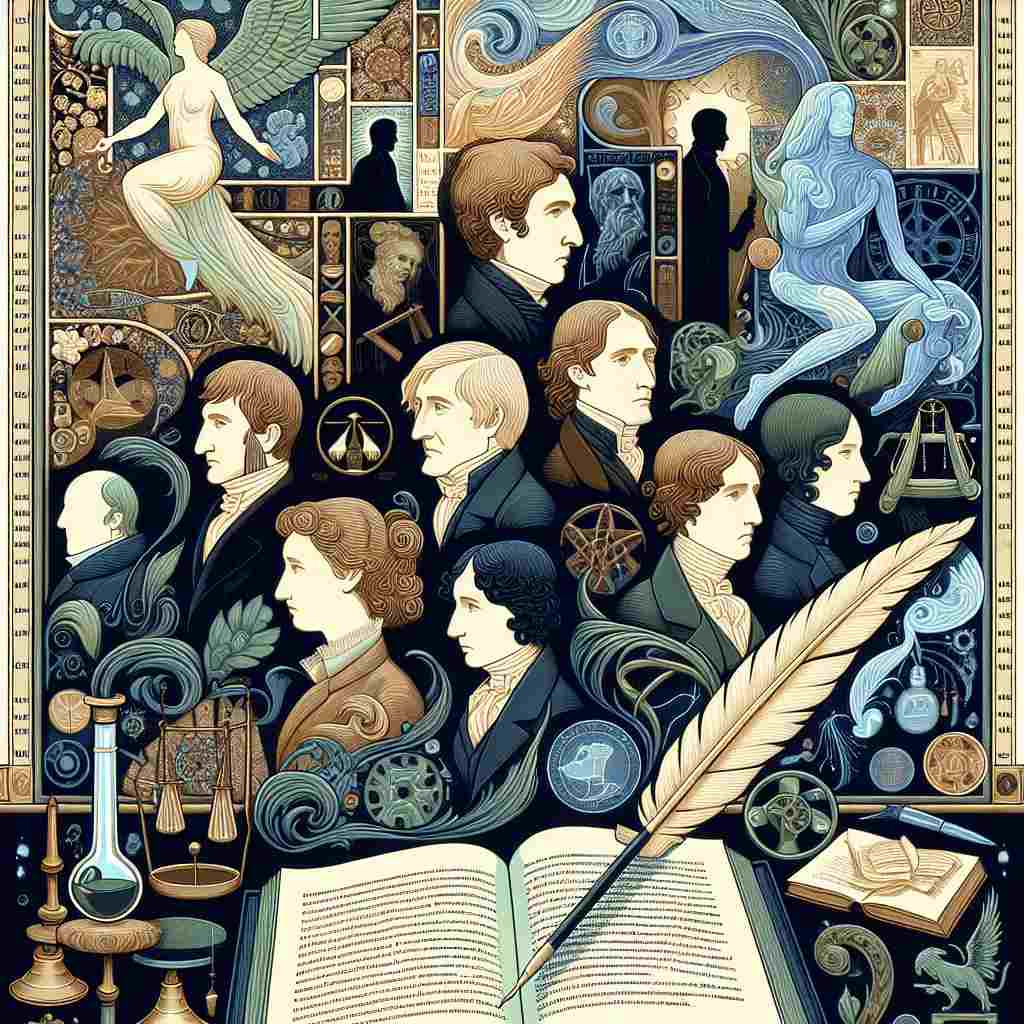When we listen to a beautiful piece of music, whether it’s a Beethoven symphony or a chart-topping pop song, we often get swept away by the emotions it evokes. Yet, beneath the surface of these melodies lies a sophisticated structure—a language, if you will—that musicians and composers use to communicate. This is the world of music theory, a world where art meets mathematics, and creativity dances with logic.
Understanding the Basics
At its core, music theory is the study of the practices and possibilities of music. It is not just about reading notes on a page but understanding how these notes interact to create harmony, rhythm, and melody. The basics start with the musical alphabet—just seven letters, A through G, which repeat in cycles. From these letters, we build scales, the foundation upon which melodies are composed.
Scales form the bedrock of music theory. The most common is the major scale, a sequence of notes that creates a bright, happy sound. In contrast, the minor scale offers a more somber or melancholic tone. Each scale has its own unique pattern of whole and half steps, and these patterns are what give scales their distinct sound.
Chords and Harmony
Once we understand scales, we can delve into chords, combinations of notes played simultaneously. Chords are the building blocks of harmony—the vertical aspect of music. They add depth and richness, allowing composers to convey complex emotions. The simplest type of chord is the triad, consisting of three notes. But from these simple triads, we can construct intricate progressions that guide a listener through a musical journey.
The relationship between chords within a key is vital. This is where the circle of fifths comes into play, a tool that helps musicians understand the relationships between different keys and chords. It’s like a musical map, guiding us through the landscape of tonal harmony.
Rhythm and Form
Equally crucial to music theory is rhythm—the heartbeat of music. Rhythm dictates the timing of notes and chords, creating patterns that can be simple or complex. Time signatures, like 4/4 or 3/4, tell us how many beats are in each measure and what note value gets the beat. These rhythmic patterns form the framework upon which melodies are woven.
Form, on the other hand, is the larger structure of a piece of music. From sonata form to the 12-bar blues, understanding musical form allows us to see the big picture. It’s the architecture of a composition, showing us how different sections relate to one another.
The Beauty of Analysis
For those who delve deeply into music theory, analysis becomes a thrilling endeavor. It’s like being a detective, uncovering the hidden structures and motifs that composers weave into their works. Analyzing a piece of music can reveal surprising insights, such as the use of a particular chord progression to evoke a specific emotion, or how a composer cleverly modulates to a different key to create tension or release.
A Universal Language
One of the most beautiful aspects of music theory is its universality. While styles and genres vary across the globe, the fundamental principles of music theory provide a common language that transcends cultural boundaries. Whether you’re studying classical Indian ragas, African polyrhythms, or Western classical music, the underlying theories connect us all.
Conclusion
Music theory is a profound and rewarding field that enriches our understanding and appreciation of music. It shows us the intricate craftsmanship behind the art we love, revealing a world where creativity and structure exist in perfect harmony. For musicians and music lovers alike, exploring music theory is like peeling back the layers of a masterpiece, discovering the genius that lies beneath.
So next time you listen to your favorite song, take a moment to ponder the theory behind it. You may find that understanding the science of music enhances the magic of its art.
I hope this article has inspired you to explore the depths of music theory and perhaps even pick up an instrument to experience the joy of creating music yourself!


